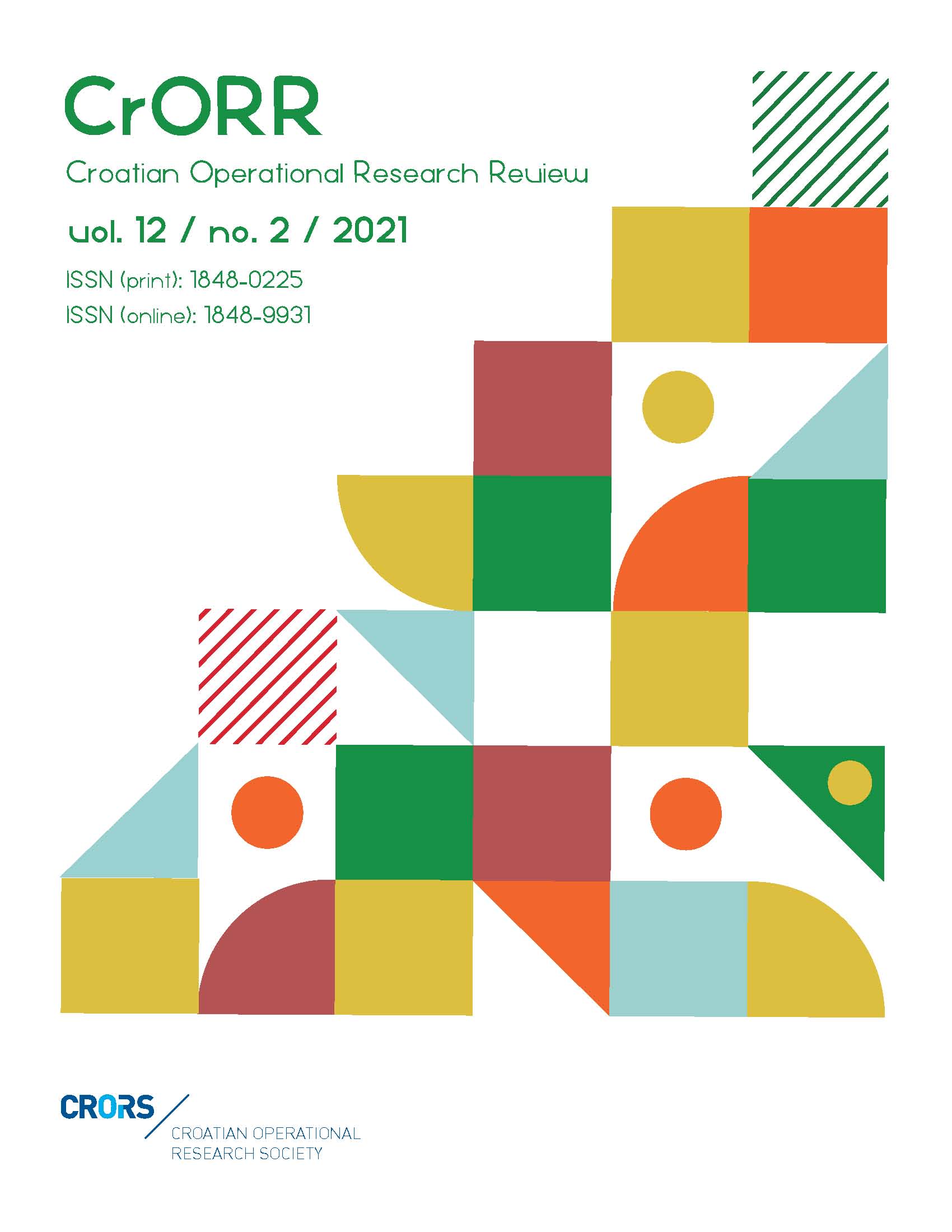Integrating cluster analysis with MCDM methods for the evaluation of local agricultural production
Abstract
This study aims to cluster Turkish cities based on their local agricultural production and rank them in terms of performance by combining cluster analysis and multi-criteria decision-making (MCDM) methods. In this context, a three-phase methodology is developed. In the first phase, Ward's method is utilized to cluster cities according to agricultural production characteristics. In the second phase, the objective criteria weights are determined using the Criteria Importance Through Intercriteria Correlation technique (CRITIC). In the third phase, to rank the clusters in terms of performance, the Technique for Order Preference by Similarity to Ideal Solution (TOPSIS) method is applied. Due to the results, the 81 cities are divided into six clusters in terms of agricultural production features. The cluster with the highest performance is Cluster 6, in which Konya is alone. Cluster 4, which includes Antalya and Mersin, follows this cluster. Cluster 1 with 25 cities and Cluster 2 with 19 cities are the clusters with the lowest results. The results show that only a few cities such as Konya, Antalya, and Mersin are generating more than tens of them in combination. These findings reveal that local governments should reconsider their agricultural programs and develop new strategies under the direction of the central government.
Downloads
Published
Issue
Section
License
- Authors retain copyright and grant the journal right of first publication with the work simultaneously licensed under a Creative Commons Attribution License that allows others to share the work with an acknowledgement of the work's authorship and initial publication in this journal
- Authors are able to enter into separate, additional contractual arrangements for the non-exclusive distribution of the journal's published version of the work (e.g., post it to an institutional repository or publish it in a book), with an acknowledgement of its initial publication in this journal.
- Authors are permitted and encouraged to post their work online (e.g., in institutional repositories or on their website) prior to and during the submission process, as it can lead to productive exchanges, as well as earlier and greater citation of published work (See The Effect of Open Access).


